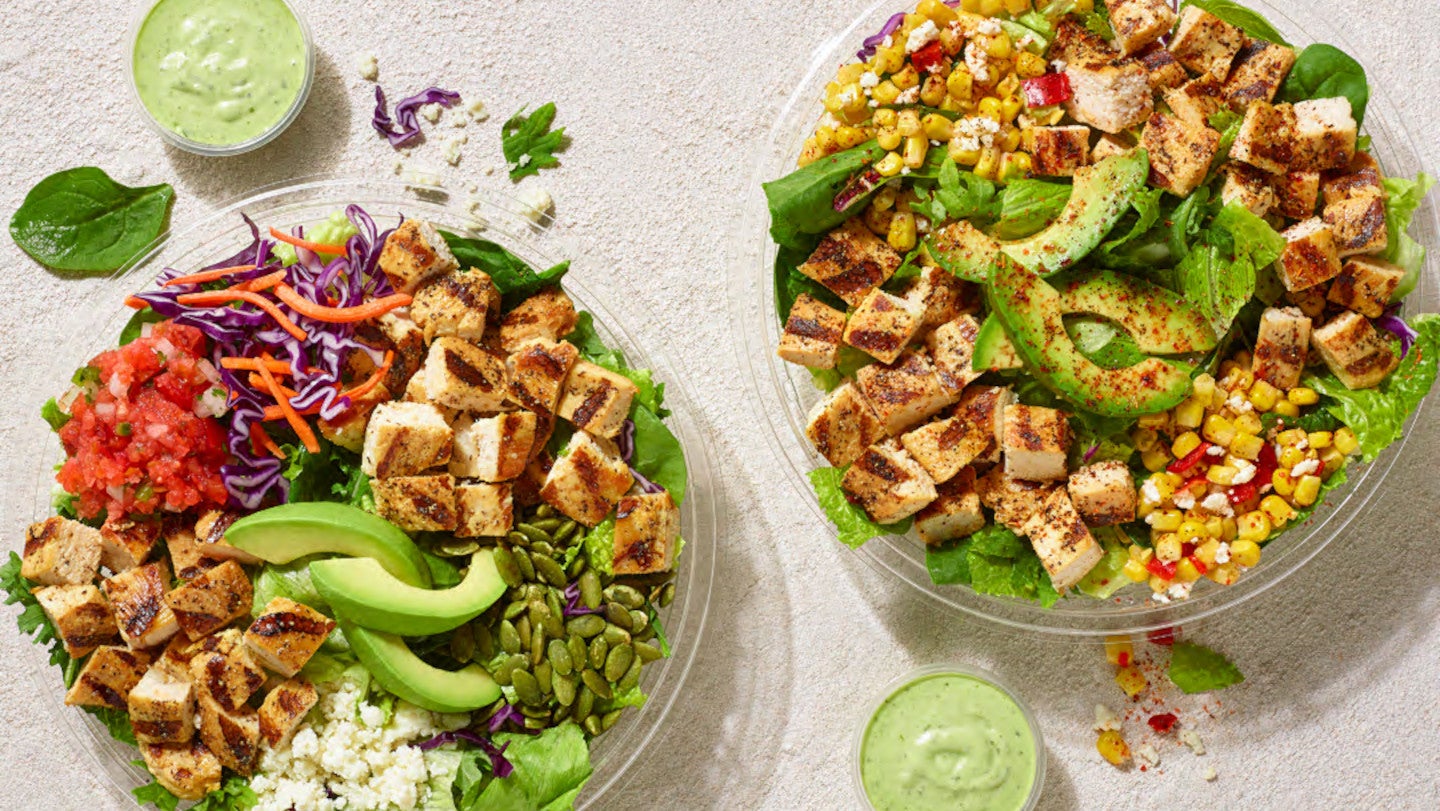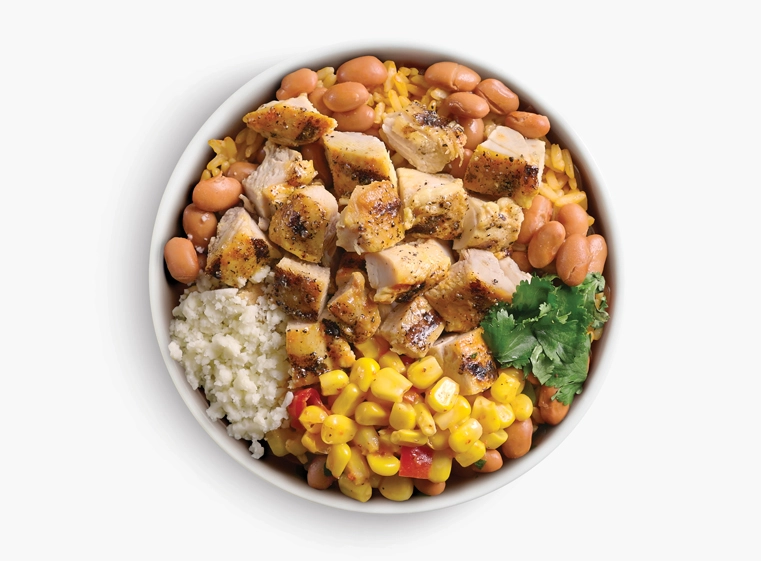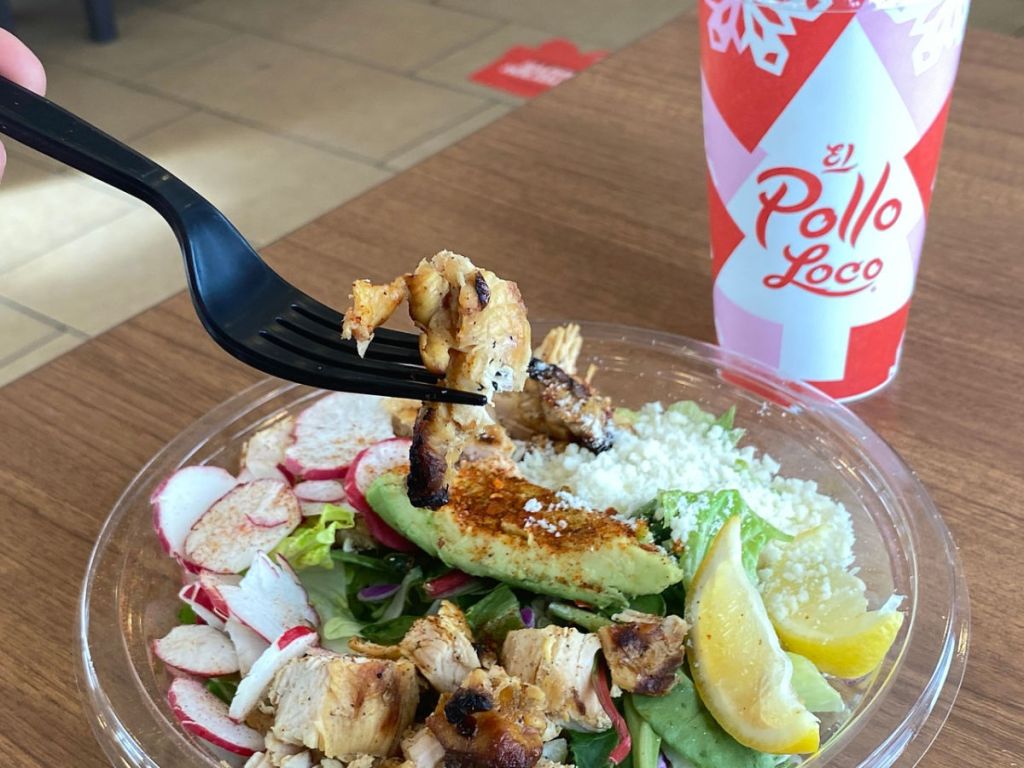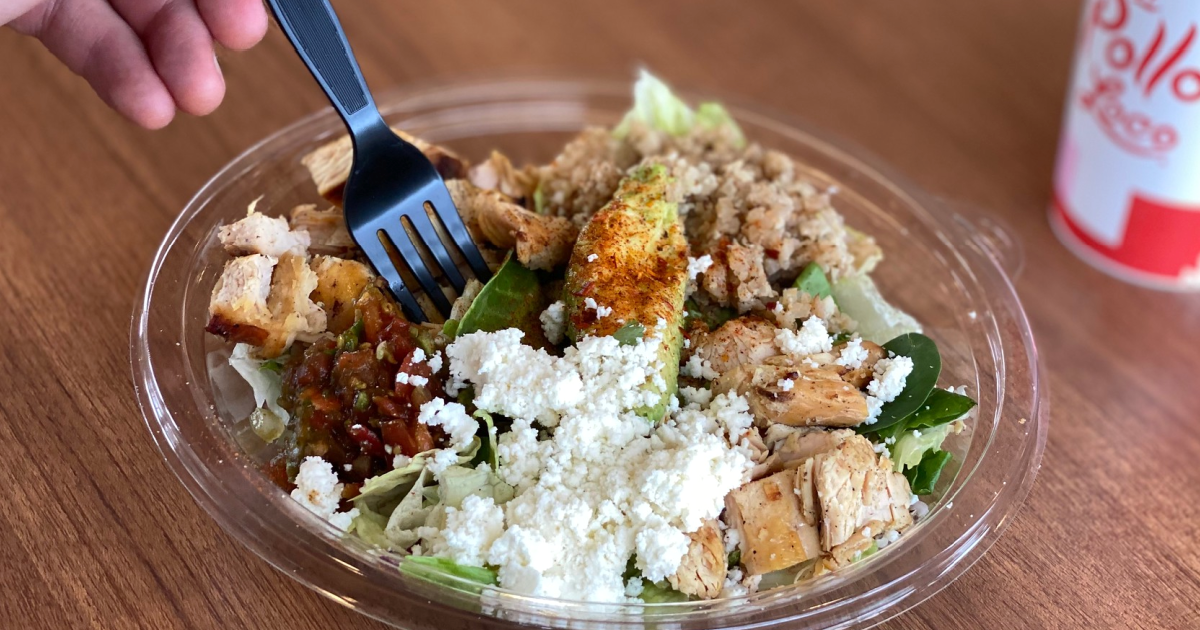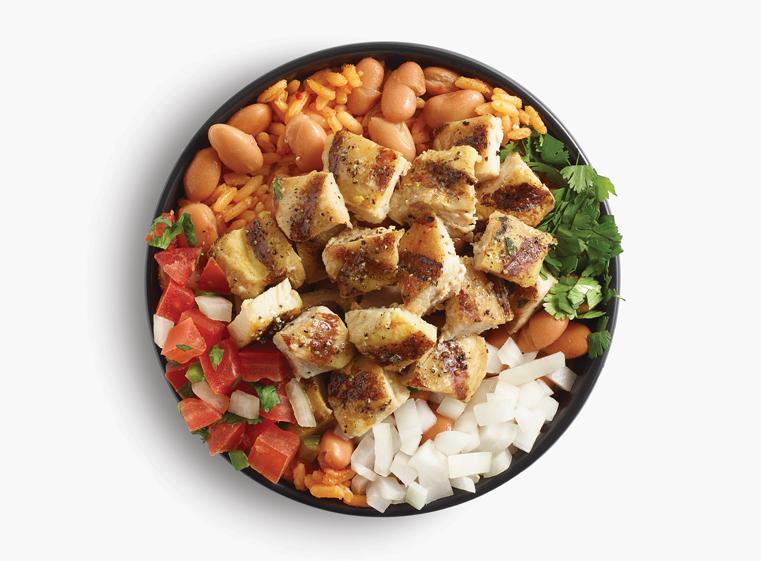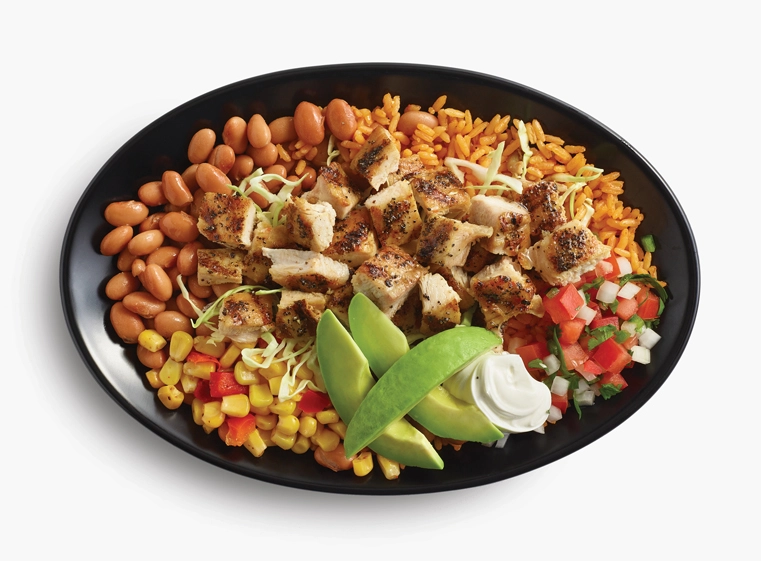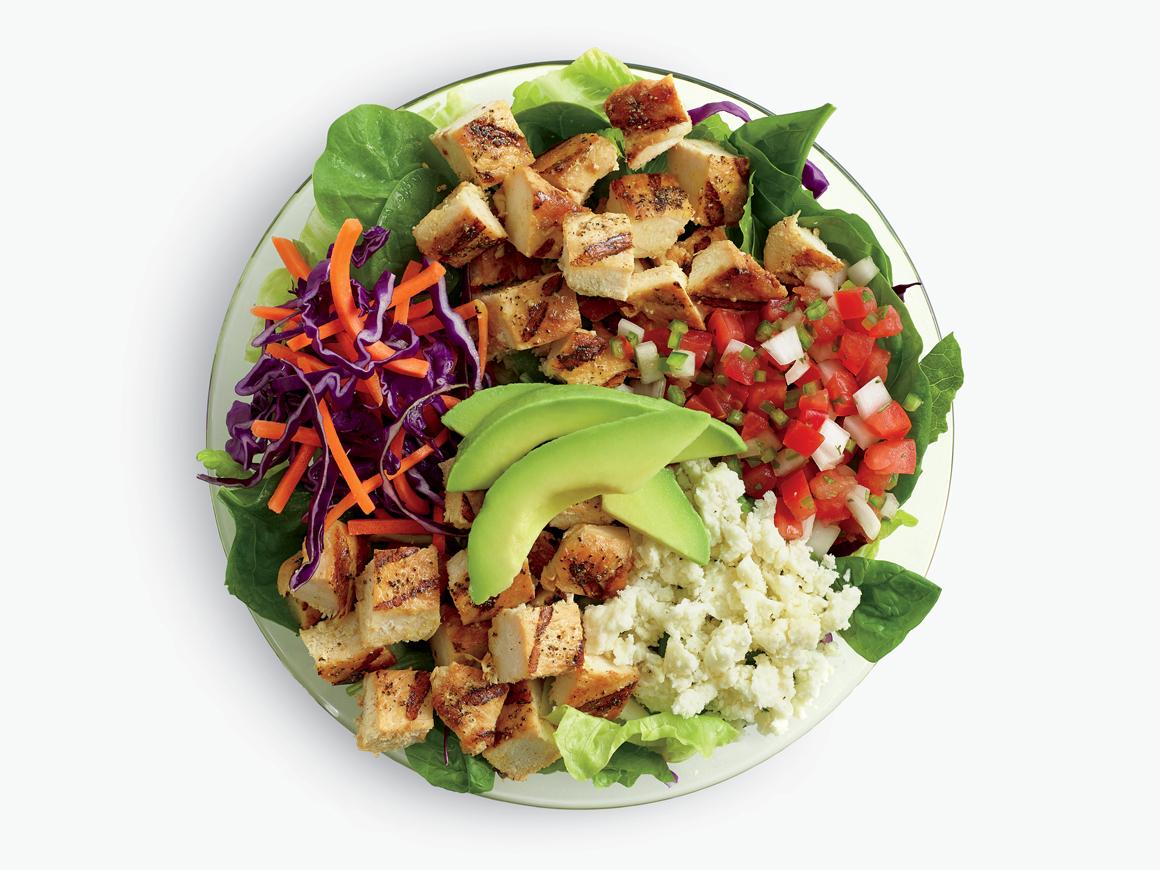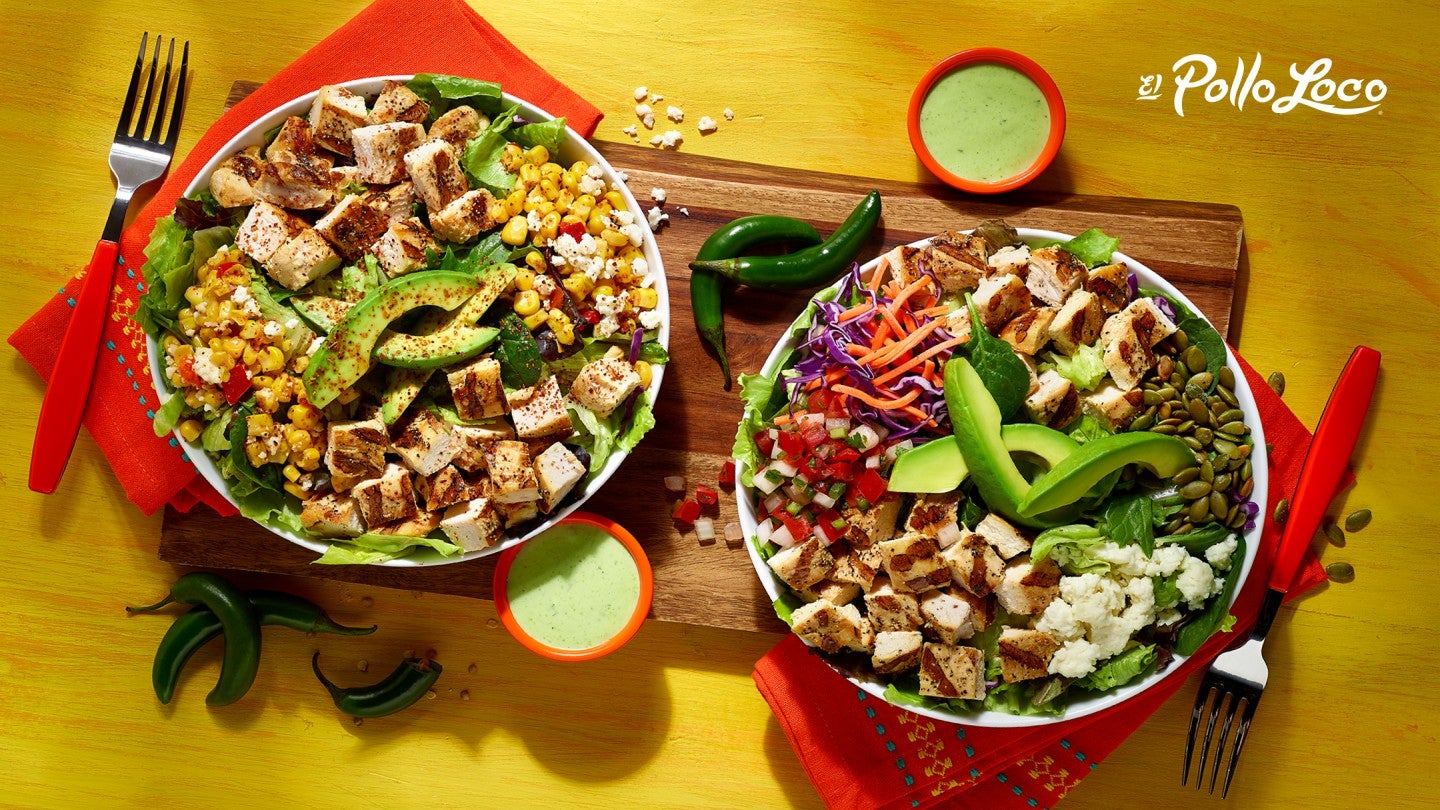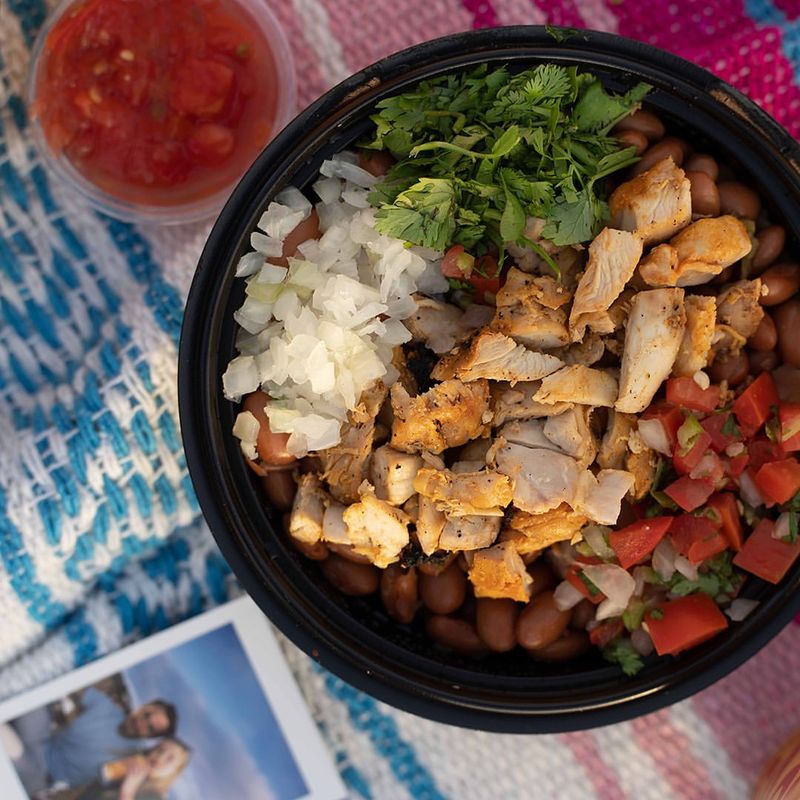El Pollo Loco Fit Bowl Calories

In an era defined by calorie counting and health-conscious choices, consumers are increasingly scrutinizing the nutritional content of their restaurant meals. Among the dishes under the microscope are the popular Fit Bowls offered by El Pollo Loco, a fast-casual chain known for its flame-grilled chicken.
These bowls, marketed as a healthier alternative to traditional fast food, have drawn attention for their perceived nutritional benefits. However, a closer examination of the actual calorie counts and macronutrient breakdowns is crucial for consumers aiming to make informed decisions about their dietary intake.
The Nut Graf: A Deep Dive into El Pollo Loco Fit Bowls
This article delves into the calorie counts of El Pollo Loco's Fit Bowls, examining the variations across different bowl types and ingredients. We will explore how these calorie counts align with common dietary recommendations and the perceptions of the average consumer.
Furthermore, we will compare the nutritional profiles of these bowls with other menu items and competing fast-casual offerings. The goal is to provide readers with a comprehensive understanding of the nutritional value—and potential pitfalls—of choosing a Fit Bowl.
Deciphering the Calorie Counts: Official Numbers vs. Consumer Perceptions
El Pollo Loco provides nutritional information for all of its menu items on its website and in-restaurant brochures. These figures show that calorie counts for Fit Bowls vary significantly based on the specific ingredients and preparation methods.
For example, the Double Protein Avocado Bowl can range from approximately 500 to 600 calories, depending on customizations. A key factor influencing this range is the portion size of the chicken and the additions of toppings like cheese or extra avocado.
The Keto Bowl, designed to be low-carb and high-fat, typically falls within a similar calorie range. However, because fat contains more calories per gram than carbohydrates or protein, the calorie distribution is vastly different.
Analyzing Macronutrient Ratios and Hidden Calories
Beyond total calorie counts, understanding the macronutrient ratios—protein, carbohydrates, and fats—is vital. The Fit Bowls generally boast high protein content due to the grilled chicken, which is a significant draw for health-conscious customers.
However, the carbohydrate content can fluctuate widely depending on the inclusion of rice, beans, or corn. The fat content varies with the addition of avocado, cheese, and dressings, all of which can significantly alter the bowl's overall nutritional profile.
Hidden calories can often come from dressings and sauces, which are frequently added liberally. Consumers need to be mindful of these additions and consider requesting dressings on the side to control the portion size.
Comparing Fit Bowls to Other Menu Items and Competitors
When compared to other El Pollo Loco menu items, such as burritos or quesadillas, the Fit Bowls often emerge as a lower-calorie and higher-protein alternative. However, they are not necessarily the lowest-calorie options available.
Certain salads or modified versions of other menu items can sometimes offer comparable or even lower calorie counts. The key is to carefully examine the nutritional information and customize orders to meet individual dietary needs.
Compared to similar offerings from competitors, such as Chipotle's bowls or Panera Bread's salads, El Pollo Loco's Fit Bowls generally fall within a comparable range of calorie counts. The critical differentiator is the preparation style—flame-grilled chicken versus other protein sources.
Potential Pitfalls and Considerations for Health-Conscious Consumers
Despite their marketing as healthy options, Fit Bowls are not without potential pitfalls. Overconsumption of even healthy foods can contribute to weight gain if not balanced with overall caloric intake.
Furthermore, some individuals may find the sodium content in the bowls to be higher than desired. Sodium levels can be particularly relevant for those with high blood pressure or other health conditions.
Portion control is also crucial. While the bowls are designed to be a single serving, some individuals may find them to be too large, leading to overeating. Splitting a bowl or saving half for later can be a viable strategy.
Expert Opinions and Nutritional Recommendations
Registered dietitians and nutritionists generally recommend that consumers pay close attention to the nutritional information provided by restaurants. They emphasize the importance of balancing calorie intake with physical activity and overall dietary habits.
Dr. Emily Carter, a registered dietitian, stated, "El Pollo Loco's Fit Bowls can be a good option for a quick and relatively healthy meal. However, it's essential to be aware of the calorie counts and macronutrient ratios and to make informed choices about toppings and dressings."
The American Heart Association recommends limiting saturated fat, sodium, and added sugars, which can be present in varying amounts in Fit Bowls depending on the ingredients. Making informed choices about these components is key to aligning with heart-healthy dietary guidelines.
Conclusion: Making Informed Choices for a Healthier Lifestyle
El Pollo Loco's Fit Bowls offer a potentially healthier alternative to many traditional fast-food options, provided consumers approach them with awareness and make informed choices. Understanding the calorie counts, macronutrient ratios, and potential pitfalls is essential for integrating these bowls into a balanced diet.
By carefully considering the ingredients, portion sizes, and additions like dressings and sauces, individuals can optimize the nutritional value of their Fit Bowl experience. Ultimately, the key is to balance convenience with mindful eating, ensuring that these fast-casual options contribute positively to overall health and well-being.
As El Pollo Loco and other fast-casual chains continue to innovate and introduce new menu items, consumers must remain vigilant in scrutinizing the nutritional information provided. A proactive approach to understanding calorie counts and macronutrient profiles will empower individuals to make healthier choices, both in and out of restaurants.

